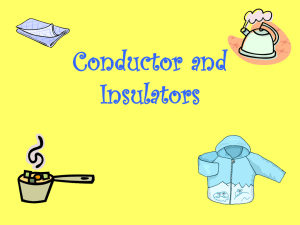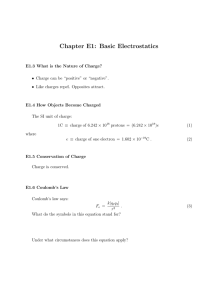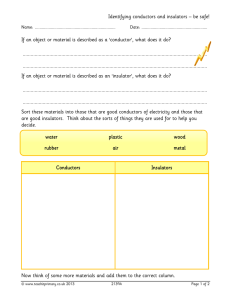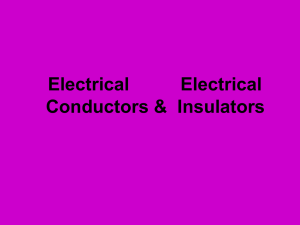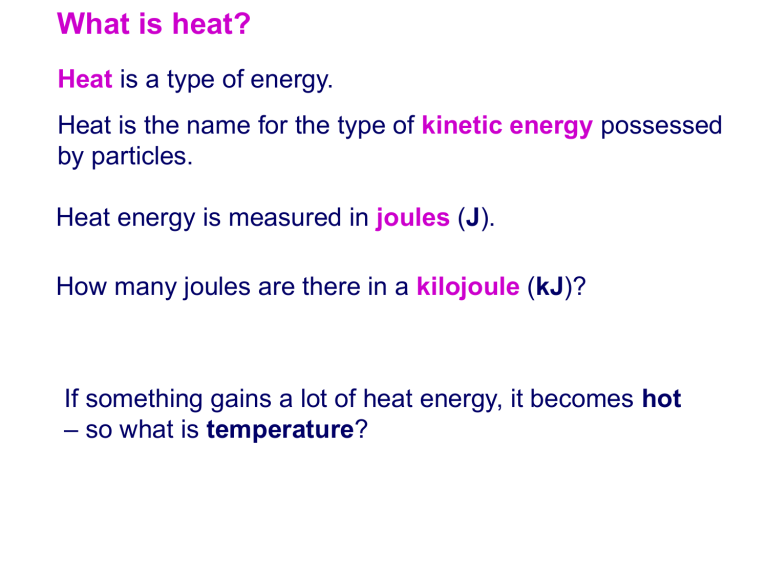
What is heat? Heat is a type of energy. Heat is the name for the type of kinetic energy possessed by particles. Heat energy is measured in joules (J). How many joules are there in a kilojoule (kJ)? If something gains a lot of heat energy, it becomes hot – so what is temperature? What is temperature? Temperature is a measure of how hot or cold an object is. (It is not the total amount of energy contained in the object.) Temperature is measured in degrees Celsius (ºC). The freezing point of water is defined as 0ºC (at 1 atm.). The boiling point of water is defined as 100ºC (at 1 atm.). Temperature can be measured by a variety of different thermometers. These include liquid in glass, digital, thermocouple and bimetal strip thermometers. Heat transfer The correct phrase for heat transfer is ‘thermal transfer’. Heat energy can be transferred (moved) by four processes: 1. conduction 2. convection 3. evaporation 4. radiation In each process, thermal energy is also transferred in the way: HOT COLD Heat energy only flows when there is a temperature difference. The particle model The differences between solids, liquids and gases can be explained by the particle model: 1. All substances are made up of particles (atoms, ions or molecules). 2. These particles are attracted to each other, some strongly and others weakly. 3. These particles move around (i.e. have kinetic energy). 4. The kinetic energy of particles increases with temperature. Temperature and energy What happens to the gas as the temperature increases? Would this be the same for solids and liquids? Conduction experiment Conduction of heat in different materials can be investigated in an experiment. Apparatus: 8 cm strip of copper 8 cm piece of wood Bunsen burner stopwatch blob of wax Take care whilst doing this experiment: Wear safety glasses. Do not touch mot metal objects! Wash any burn with cold water for ten minutes. Conduction experiment Add a blob of wax to one end of the copper and hold the other end in the yellow Bunsen flame. How long does it take for the wax to melt and drop off the metal strip? Now do the same for wood. Why are the times very different? Conduction – compare a metal and a non-metal Which material feels warmer if you touch a piece of wood and a piece copper metal, both at room temperature (i.e. both at 25ºC)? The wood feels warmer because it is a poor conductor. It cannot conduct heat away from your hand as quickly as the copper which is a good conductor. Conduction in metals Metals are good conductors of heat because: l metals contain many free electrons l the free electrons can move between atoms at high speed l the free electrons carry energy from high-energy atoms to low-energy atoms further away from the heat source. Conduction in metals How do non-metals conduct heat? Conduction in liquids Metals are good conductors of heat and non-metals are poor conductors of heat (insulators). Are liquids good at conducting heat? Use some gauze to hold an ice cube at the bottom of a tube of water. Carefully heat the water at the top of the tube only, until this water is boiling. 100ºC 0ºC If the liquid is good at conducting, the ice should quickly melt – it doesn’t. Liquids are poor conductors of heat (i.e. good insulators). Conduction in gases Liquids are poor conductors of heat (good insulators). Are gases good at conducting heat? Carefully hold a safety match 1 cm away from a Bunsen burner flame. (Do not put the match in the flame!) If a gas is a good conductor, the air between the flame and the match should conduct heat and light the match – it doesn’t. Gases are poor conductors of heat (i.e. good insulators). Conductor or insulator? Conduction – summary table Material Conductor or Insulator? metals very good conductors non-metals insulators liquids insulators gases good insulators vacuum excellent insulator
